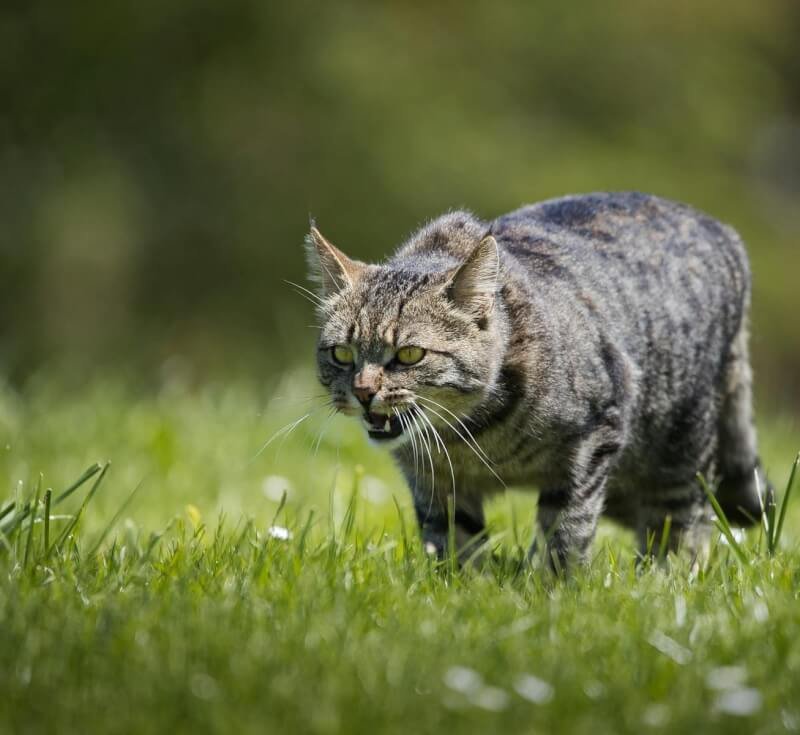If you’ve ever had the privilege of sharing your life with a feline companion, you know they are masters at hiding their discomfort. But as responsible cat owners, it’s our duty to recognize the signs of pain or discomfort our beloved pets may be experiencing. From subtle changes in behavior to more obvious physical cues, this article will shed light on the telltale signs that may indicate your cat is in pain or discomfort. So, grab a cup of tea, find a cozy spot, and let’s embark on a journey of understanding our feline friends on a deeper level.
Physical Signs
When it comes to identifying whether your cat is experiencing pain or discomfort, paying attention to physical signs is crucial. Cats often exhibit certain physical changes and behaviors that can indicate that something is amiss. Here are some of the most common physical signs to look out for:
Changes in Behavior
Cats are known for their independent nature, but sudden changes in behavior can be a red flag that something is wrong. If your usually outgoing and sociable feline starts isolating themselves or becomes more withdrawn, it could be an indication of pain or discomfort. Additionally, if your cat becomes more aggressive or displays irritability towards you or other pets, it may be a sign that they are experiencing discomfort.
Changes in Eating and Drinking Habits
Cats are notorious for being finicky eaters, but any significant changes in their eating and drinking habits should not be ignored. Loss of appetite or a sudden increase in thirst can be indications of underlying pain or discomfort. Observe if your cat is having difficulty chewing their food or if they are avoiding certain types of food altogether. These changes may warrant a closer look to ensure your furry friend is not in pain.
Changes in Grooming Habits
Cats are typically meticulous groomers, but if you notice a decline in their grooming habits, it could be a sign that they are experiencing discomfort. Excessive grooming in localized areas or neglecting their usual grooming routine altogether may indicate pain or discomfort in specific areas of their body. Pay attention to any changes in their coat, such as matting, dandruff, or the presence of bald patches.
Vocalizations
Cats use vocalizations as a means of communication, and changes in their vocal behavior can offer valuable insights into their well-being. If your normally quiet cat becomes more vocal than usual, especially during activities like jumping, climbing, or using the litter box, it could be due to pain or discomfort. Furthermore, be attentive to any cries or yowls that appear to be associated with movement or specific actions.
Litter Box Issues
Monitoring your cat’s litter box habits is crucial for maintaining their health and detecting any signs of pain or discomfort. If your cat begins urinating or defecating outside of the litter box, it may be an indication of an underlying issue. Painful urination, constipation, or diarrhea can all lead to litter box avoidance. Additionally, if your cat shows signs of discomfort while using the litter box or excessively grooms their genital area after elimination, it is essential to consult with a veterinarian.
Aggression or Irritability
Cats in pain or discomfort may display aggression or irritability, even towards their owners. If your usually calm and friendly cat starts hissing, growling, or swatting at you or other pets, it could be due to underlying discomfort. Keep in mind that these behaviors are their way of protecting themselves, as they perceive touch or movement as threats to their well-being. It is essential to address any aggression issues promptly to ensure the safety and well-being of everyone involved.
Hiding or Withdrawing
Cats often seek out quiet areas to hide or withdraw when they are not feeling well. If your cat starts spending an excessive amount of time in secluded areas, such as closets, under furniture, or in rarely used rooms, it may be a sign that they are in pain or discomfort. Hiding is their way of self-preservation and an attempt to avoid further discomfort or potential threats. By paying attention to their hiding habits, you can gain insight into their well-being and take appropriate action if necessary.
Lethargy or Decreased Activity Levels
Another significant sign of pain or discomfort in cats is a decrease in activity levels. If your once playful and energetic feline becomes lethargic or shows a lack of interest in their usual activities, it may be a signal that something is wrong. Cats often instinctively conserve their energy when they are not feeling well, leading to a decline in their overall activity. Keep an eye on their behavior, as prolonged periods of inactivity can be a cause for concern and may require veterinary attention.
Weight Loss or Gain
Changes in weight can also indicate that your cat is in pain or discomfort. Significant and unexplained weight loss can be a symptom of various underlying health issues, including pain or discomfort. Conversely, weight gain can also be a sign of underlying health conditions, as some cats may turn to stress eating or have reduced mobility due to pain. Regularly monitor your cat’s weight and consult with your veterinarian if you notice any concerning fluctuations.
In conclusion, recognizing the signs of pain or discomfort in your cat is crucial for their well-being. By paying attention to physical signs, changes in behavior, eating and drinking habits, grooming habits, vocalizations, litter box issues, aggression or irritability, hiding or withdrawing, lethargy or decreased activity levels, and weight loss or gain, you can identify when your feline friend may need medical attention. Always consult with a veterinarian if you notice any significant changes or suspect that your cat is in pain, as they can provide a proper diagnosis and recommend appropriate treatment to ensure your cat’s health and happiness. Remember, your furry friend relies on you for their well-being, so stay observant and attentive to their needs.


